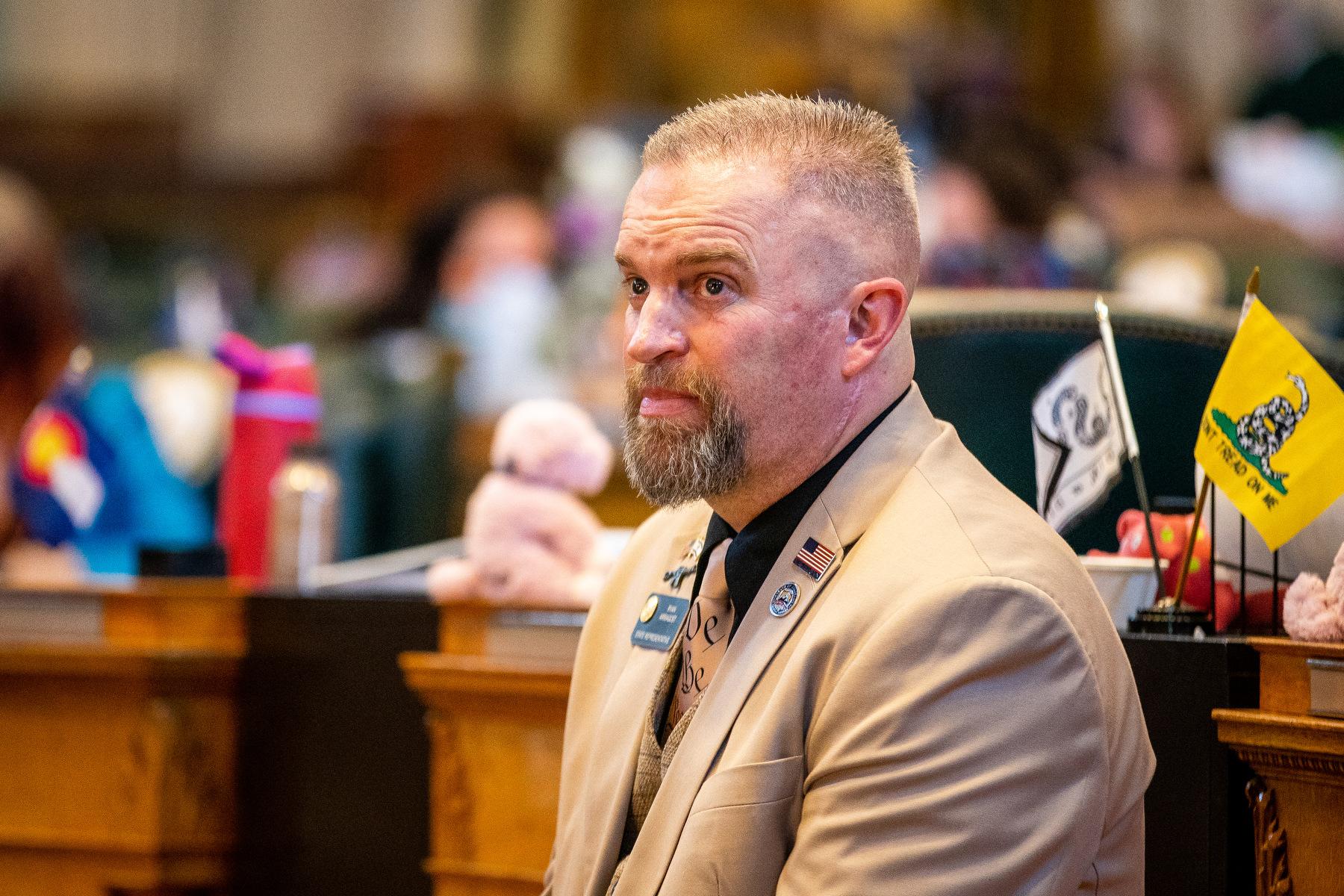

A U.S. judge who earlier ruled federal wildlife officials illegally denied Endangered Species Act protection for a population of bi-state sage grouse in California and Nevada in 2015 has reinstated the proposed listing of the bird as threatened until a new review determines whether it's on the brink of extinction.
In the meantime, U.S. District Chief Magistrate Judge Joseph Spero in San Francisco also ordered on Friday reinstatement of the proposed designation of more than 2,800 square miles of critical habitat along the Sierra's eastern front.
Spero said in a ruling in May the U.S. Fish and Wildlife Service ignored its own best scientific evidence when it reversed course three years ago on its 2013 proposal to declare the bi-state grouse threatened.
His latest ruling gives the agency until Oct. 1, 2019, to publish a new final listing determination in the Federal Register.
There is a dwindling number of bi-state sage grouse found along the California-Nevada line in the Mono Basin. They're related to but distinct from the greater sage grouse, which lives in a dozen western states and is at the center of a dispute over Trump administration efforts to roll back protections adopted under President Obama.
Leaders of three conservation groups who sued to protect the bi-state grouse said it could help save the ground-dwelling bird as well as other species with distinct population segments isolated from larger, related populations.
"This important victory reinstates crucial protections for these beleaguered birds while a new listing decision is made," said Lisa Belenky, senior attorney for the Center for Biological Diversity in Oakland, California.
Bethany Cotton, wildlife program director for WildEarth Guardians in Montana, said it requires the agency to render a verdict "based not on politics, but on the best available science."
The broader part of the new ruling rejects the agency's view that federal listings are not warranted for subpopulations unless the whole species is threatened across "a significant portion of its range."
The agency had no immediate comment.
"We are considering next steps in light of the court's decision," U.S. Fish and Wildlife Service spokesman Gavin Shire said in an email Tuesday to The Associated Press.
Erik Molvar, executive director of the Western Watersheds Project in Wyoming and Idaho, said Wednesday the bi-state sage grouse's limited connectivity with subgroups raises concerns about inbreeding and a loss of genetic diversity that could threaten the species' survival.
"Thanks to the bi-state sage grouse, species around the nation will be eligible for listing if they are in danger of extinction across a significant portion of their range, instead of waiting until the entire species is on the brink of disappearing," Molvar said.
"Some of these populations are in very dire straits," he said in an interview Wednesday. He said only one active breeding ground is known to remain for the subgroup in the Pine Nut Mountains southeast of Carson City.
Designating critical habitat for the bi-state sage grouse could eventually bring new restrictions on a wide variety of development in the Mono Basin, from Carson City to south of Tonopah, Nevada, and Bishop, California — an area bigger than the state of Delaware.
The judge said in May the service wrongly concluded in 2015 voluntary conservation measures in the works were legally adequate to stem the loss of habitat resulting from urban sprawl, livestock grazing, wildfires, invasive plants, mining and other development.
The state of Nevada, Nevada Association of Counties and Mono County of California had filed as defendant-intervenors in support of the agency's decision to withdraw its listing proposal three years ago.
Monica Moazez, spokeswoman for Nevada Attorney General Adam Laxalt, said in an email they are "reviewing the judge's order and evaluating our options."









